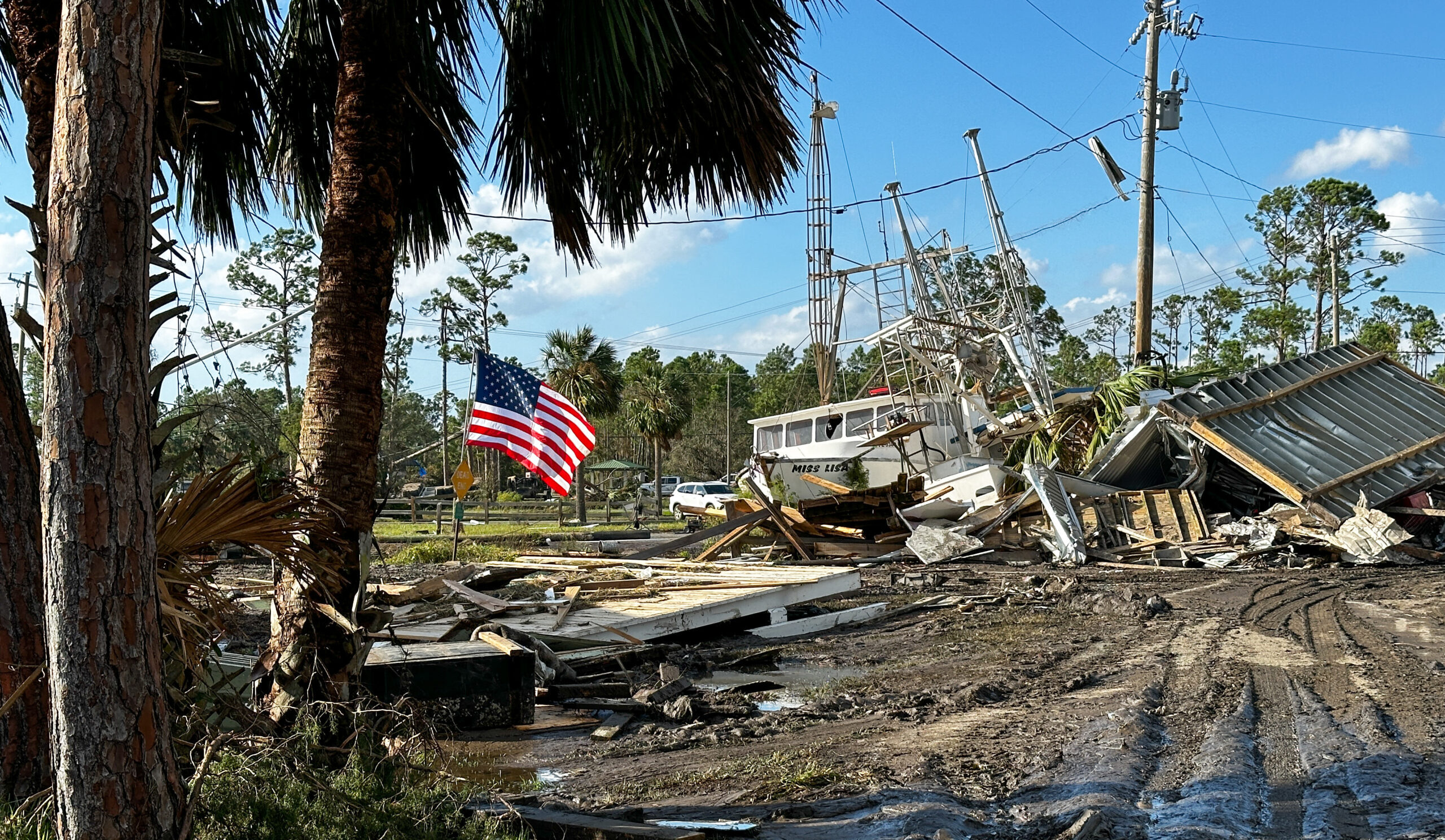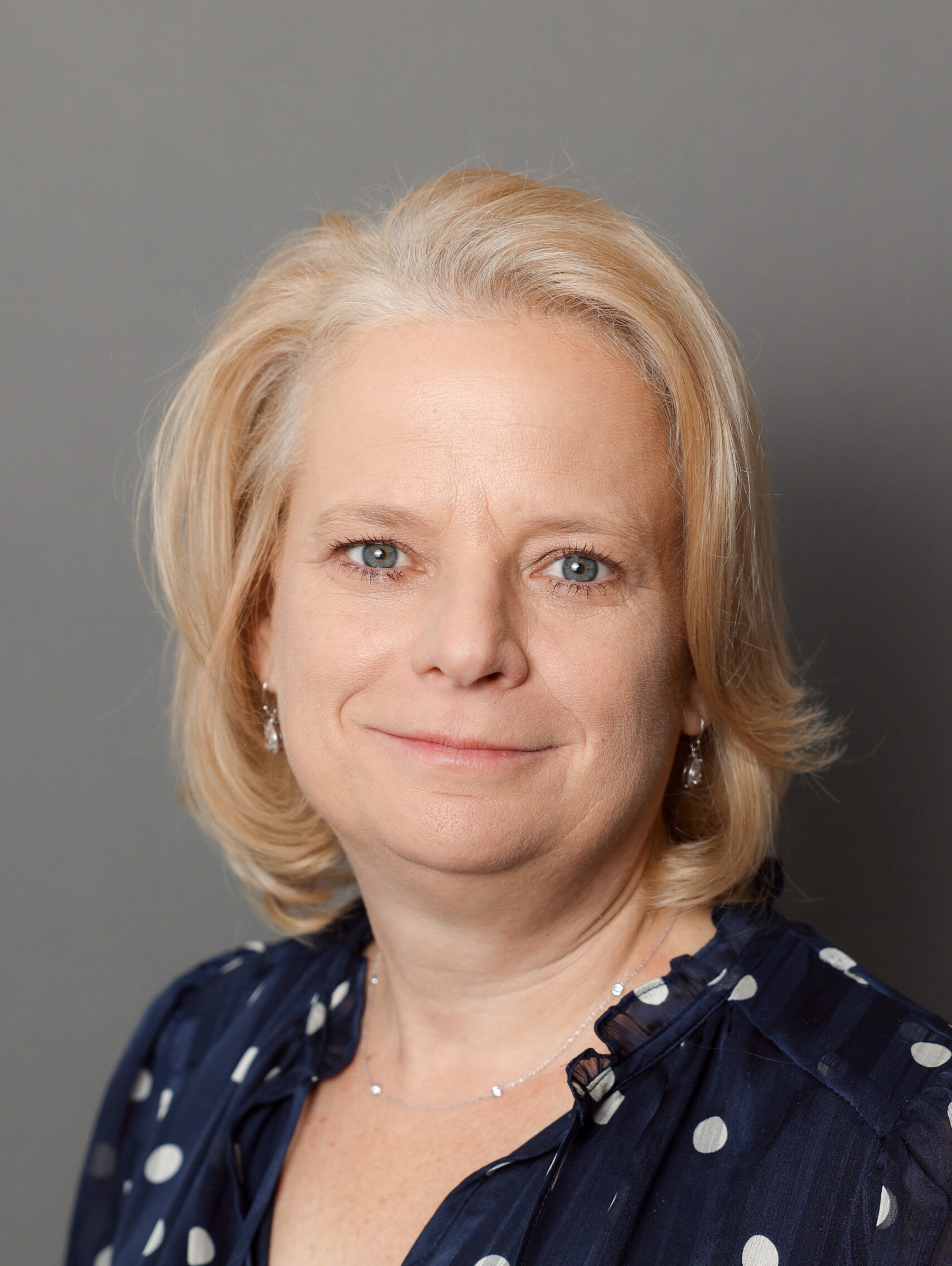Immediate hurricane relief is needed; Long-term recovery is where we’ll make the difference

This post was originally published on Forbes Nonprofit Council.
Through Hurricanes Helene and Milton, we are yet again witnessing the devastation and loss caused by the increased frequency and severity of natural hazards. Helene now bears the inauspicious title of the deadliest storm to hit the U.S. mainland since Hurricane Katrina, and communities across Florida had to quickly pivot from Helene relief and cleanup to Milton preparation, then restart and expand relief and cleanup.
Federal, state and county governments and nonprofit organizations are mobilizing relief efforts across the region, but the layering of disasters between and before Helene and Milton will result in needs that go beyond the capacity of governments or relief organizations. This is an all-hands-on-deck crisis that requires immediate attention to safety and support for survivors and communities. The road to full and equitable recovery is long, and as we begin to rebuild, we must address reality: There will be yet another storm, and another, and another. Rebuilding as it was is not just insufficient, it is inequitable and ineffective.
While the increase in frequency, severity and reach of natural hazards such as storms and flooding can be rightfully blamed on climate change, the vulnerability of affected communities often stems from systemic barriers and structural inequities. Marginalization is exacerbated by the deterioration or lack of stable infrastructure, inadequate disaster insurance or the scarcity of resources to move out of a storm’s path. Homes, roads and community spaces in the path of Helene have been destroyed. For communities facing poverty, houses are less likely to be rebuilt to withstand hurricane-force winds. Due to discriminatory housing laws such as redlining, many communities of color live in pre-existing high-flood-risk zones. People living with disabilities face barriers to recovery due to emergency and disaster plans that do not adequately consider needs and accessibility. Even members of so-called “climate haven” communities, such as Asheville, North Carolina, are facing unexpected needs, with many not having flood insurance and typical homeowners insurance exempting damage caused by flooding.
Each time a storm hits and the steps taken for rebuilding and recovery don’t address the underlying vulnerabilities, affected communities are left even more exposed to the next storm. In funding long-term recovery, it is critical that we invest in a holistic approach that moves us toward a more equitable society. This requires all who wish to support those directly affected by Helene, and others affected by the storms before and those to come, to consider long-term financial support for recovery solutions that strengthen communities in addition to immediate relief donations.
Government agencies and nonprofit organizations committed to supporting survivors are doing critical work to stabilize affected communities. Rebuilding stronger communities requires considerable financial support, but the needs dwarf government funding. Research also shows a majority of donations are made within the first five days after a disaster when media coverage is at its highest, but many of these donations go only toward immediate relief. To be clear, relief support is critical to communities as they recover, but there is a companion need and an opportunity for the private sector and philanthropic support to step up with vital support for transformative, long-term equitable recovery.
As communities across the Southeast navigate the balance of repairing and recovering from the last storm while preparing for the next, the best way to help is through financial donations. It gives survivors and their communities the dignity of choice and agency over their recovery decisions.
Further to recovery is preparedness. According to a report by the U.S. Chamber of Commerce, “each $1 invested in disaster preparation saves $13 in economic costs, damages and cleanup.” In choosing an investment in preparedness, donors have an opportunity to go even further in decreasing future risks for communities. Local and proximate organizations working within communities are often best suited to know the specific and varying needs of a community and the solutions that will work best. Intermediary organizations can help you navigate giving for local, equitable recovery.
Hurricanes Beryl, Debby, Francine, Helene and Milton have all made their presence known this season, and we know more extreme weather events are coming. Philanthropic and private sector support has the power to be transformative for communities as they weather the immediate impact of a storm and navigate long-term recovery. Hurricanes, as well as wildfires and tornadoes, are becoming more violent and destructive, and we must match the force of these storms with the powerful force of investment toward equitable and transformative recovery. We know that strategic investments in resilience and risk reduction, alongside innovative approaches to support communities made vulnerable to natural hazards, create an opportunity for us to rebuild a safer and more equitable future.
